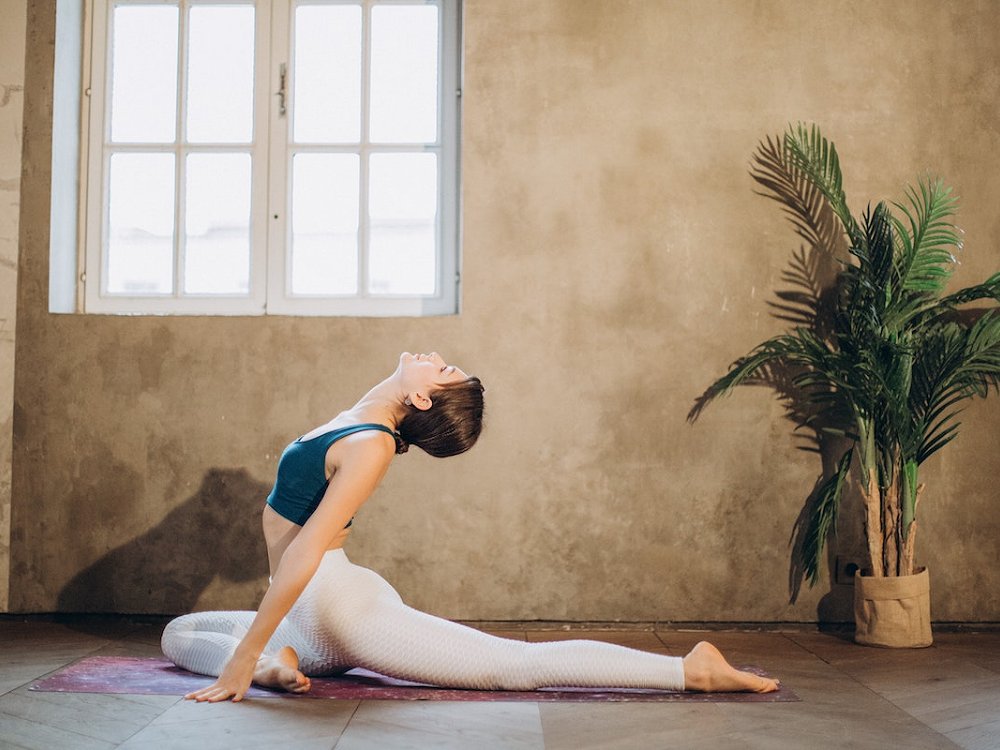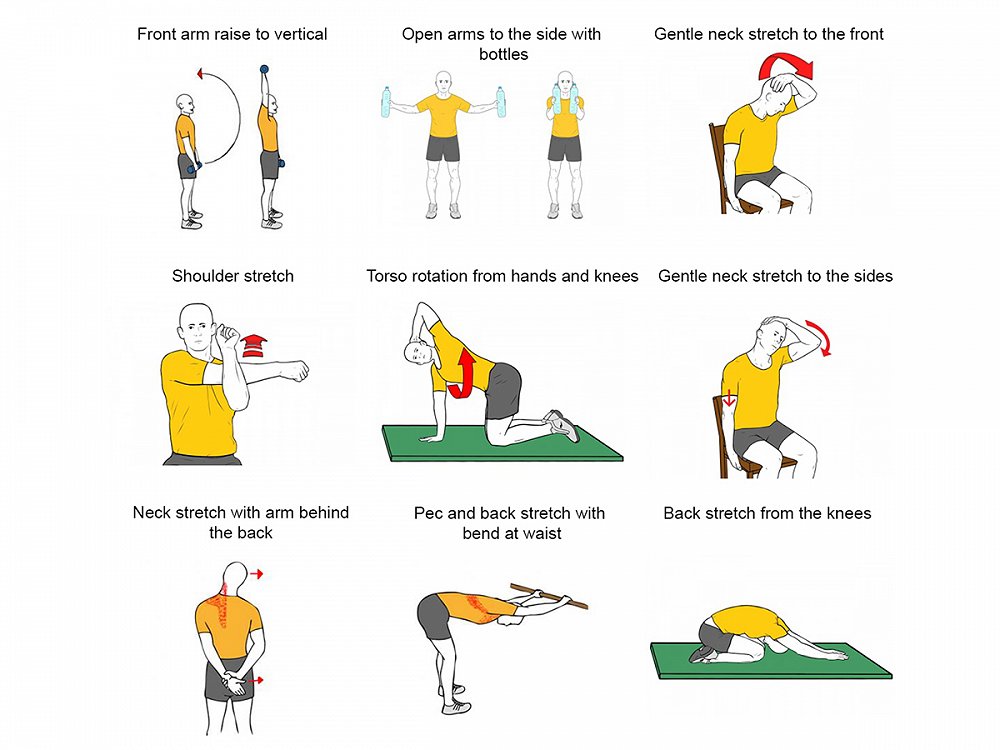
If you’re worried that inactivity during self-isolation will harm you, here are some simple exercises to stay in shape. Don’t forget that with a daily routine, it’s easy to keep yourself healthy.
“It’s very easy,” avers Estefanía Plasencia, the Vice President of the Canary Islands’ Official Association of Physiotherapists. “You don’t need machines, just your own body, to do a series of exercises that don’t put you at risk of hurting yourself. What’s important during this time is that we stay active and moving within our homes.”
Your physical shape is tied to your age: the older you are, the easier it is to get out of shape, and the faster it is to get out of shape than make gains. That’s why, according to the experts, “an active person who stops exercising for just a week loses a considerable amount of their gains.”
So no more excuses! All you have to do to keep yourself in shape is to clear some space in a room. You choose the hour. “There are people who are more energized and motivated in the morning, before they begin with the rest of their tasks. Others are best at mid-morning and others in the afternoon or at night. Any time can be the right time. There’s not an ideal time to get in shape; it’s whatever each person prefers and what works with their schedule,” says this physiotherapist, who has worked both in athletics and in her own private clinic.
If daily practice seems like an uphill climb at first, give yourself a minimum objective. “Two days a week, 30 minutes in a row. If you have the opportunity to do more, it will help, but never dip below this minimum,” she advises.
Now, more than ever, “our immune systems need to be strong to combat possible infections. We can’t let our defenses down. That’s why we need to make sure we are following good habits, like eating well, staying hydrated and rested, and doing physical activity.” There’s no age limit to get moving. But to begin, Plasencia advises that, “if you’re not used to doing exercise, you should do physical activity at medium-low levels of intensity, rather than high, to avoid fatigue.”
“Besides these general exercises, we should make sure, above all, that we are eating well so that we don’t gain weight quickly. Adjust the calories you intake to your daily calorie burn, and take advantage of other resources you have at hand, like walking up and down stairs, and avoiding the elevator if you live in a building when you go out to the street. We can’t forget to drink water, either! Hydration is fundamental, and we should make sure we’re getting enough every day: between a liter and a half and two liters. Sleep is also important, and making sure that we are keeping to a regular schedule.”
Exercise recommendations
Note: For each exercise, you should do six repetitions of 20 seconds of the exercise, with 10 seconds of rest in between each one, until you have done 30 minutes total, at medium intensity.
- Stand up and sit down in a chair.
- Supporting yourself on a table, raise yourself up onto your toes.
- Put your hands on the wall at chest height, and with your body inclined, do push-ups.
- Lunge forward and then step back into place, alternating legs.
- Lying on your back on the floor, lift your legs, bent at the knee, to your chest.
- Lying on your side on the floor, lift your stretched leg up, alternating sides.
- Do an abdominal plank facing the ground, supported by your knees and your forearms, and with your torso straight, with no bend at the waist.
- Lift your arms straight in front of you using a household weight (like a bottle of water, a package of rice, or vegetables).
- Curl your forearms arms up towards your chest, flexing at the elbow, with a household weight.
- Lift your arms straight and out to each side, using a household weight.
- Finish by stretching all your body parts.
This is an ideal time to begin exercising for people who aren’t used to it, because it’s important in an exceptional situation like the one in which we find ourselves. “If you’re used to exercising, at a high or very high intensity, you should up the number of days and your training time to some 40-60 minutes a day. This should be a complete session that includes movement, active training, and a return to a resting state,” explains Plasencia.
“Runners or cyclists, that is, those who focus their training on their cardiorespiratory capacity, and who don’t have a treadmill or stationary bike at home, may get out of shape more quickly during these weeks than others, but it’s also true that they’ll get back in shape quickly once their begin their sport routines again.”
In contrast, confinement won’t have many repercussions for those who focus their training on their muscular strength and whose routines are normally based on progressive resistance training. “They’ll see few changes in their physical shape during this time. It’s easier for them to maintain at least some part of their activity and they’ll recover 100% quickly after this pause,” assures Plasencia.
Many thanks to the Canary Islands Official Association of Physiotherapists for collaborating on the writing of this article with Abama Luxury Residences









